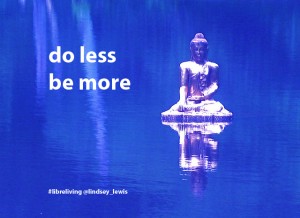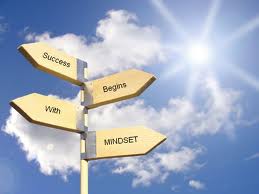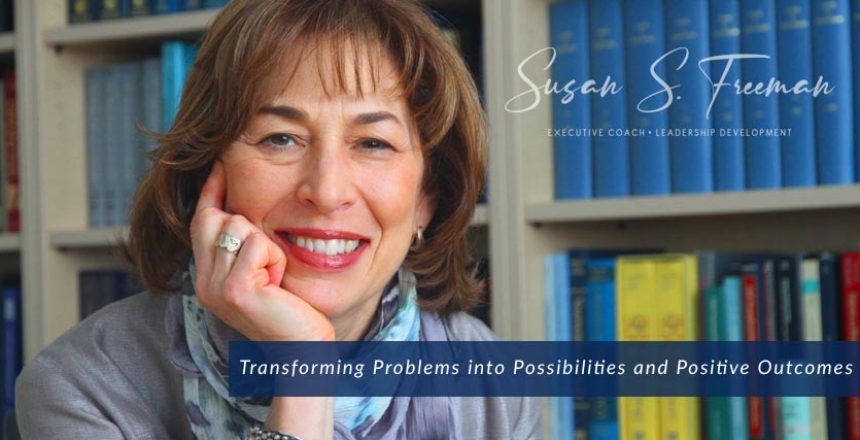Last mon th’s topic was Leadership in the Mirror. Here we explore how leaders can engage and participate after their reflection using the Step Up Leader framework.
th’s topic was Leadership in the Mirror. Here we explore how leaders can engage and participate after their reflection using the Step Up Leader framework.
Engaged leadership requires a high degree of self-awareness. Leaders who learn that the way they are being impacts every single interaction, conversation and relationship are ahead of the game. It may sound obvious, but it is the first step towards truly engaged leadership.
Being
The first principle of “Step Up Now: 21 Powerful Principles for People Who Influence Others” outlines the importance of Be. Know. Do. Being precedes knowing or doing. Leaders often act as if the opposite is true; knowing or doing is what we have been taught to value, and how we are rewarded. We may or may not ever get around to “being.” Being needs to be more than an afterthought; it should be the foundation of your approach to leadership.
Stopping
The next principle is The Power of Stopping. Stopping allows for creation of a state of deep relaxation. Mind chatter halts; the silence within can be accessed. This is accomplished through breathing practice. Your state of mind is a direct reflection of the state of your breath. When we change our breathing patterns, our state of mind changes as well! Clients discover through training conscious breath and mindfulness practice they enjoy benefits beyond relaxation. The ability to access intuition, creative flow, and higher intelligences is possible in a deeply relaxed brainwave. It is not present in the active, high alert beta brain wave, the level at which most day-to day- activity occurs.
 Mindset
Mindset
Once this distinction is understood and experienced, you can begin to examine your mindsets. Your results in the external world mirror what you are thinking internally. When you change the way you see-your “mindset”, it will be reflected in new opportunities and choices. The change in your reality-and the results that follow-must first happen within your own mind.
As you become present and engaged in the here and now, with greater levels of awareness of your mindset, your leadership influence can expand. You become more aware and confident in your own leadership style. Heightened awareness and practice open up the possibility for collaboration and trust with others. Your way of communication will reflect more listening and curiosity with less talking and providing answers.
Your own leadership unfolds in an integrative, balanced and whole manner. As you evolve, you will develop a co-creative approach to bringing out the best in others. This is possible because you are now bringing your own best self to each and every encounter.
Goals
What about goals, the mainstay of accomplishment? I have found that goal setting is an often misunderstood area. Goals when reached are a cause for celebration and reward. When missed, they are often a downward spiral into frustration, shame and blame, of self and others. My perspective on goals is that they need to be in alignment with what we truly care about. Napoleon Hill said, “A goal is a dream with a deadline.” Goals should be set at a time when you can consciously do so; the biggest impediment to not achieving goals is conflict between subconscious thinking patterns and conscious ones. Setting goals that conflict with subconscious patterns or setting unreasonable goals sets us up for failure; setting “stretch” goals keeps us on our toes. Goals should be set consciously, aligned with your cares, and enough of a stretch to pull you forward.
This may sound daunting at first, but it doesn’t have to be so. Implementing growth of this sort requires a degree of self-awareness that may be difficult to achieve alone. To make things easier, it helps to have a trusted colleague, mentor, friend or advisor.
Engagement at this level can be thrilling. Once you have made a decision to get on the path, be sure to take small, consistent action. Record and reflect.

